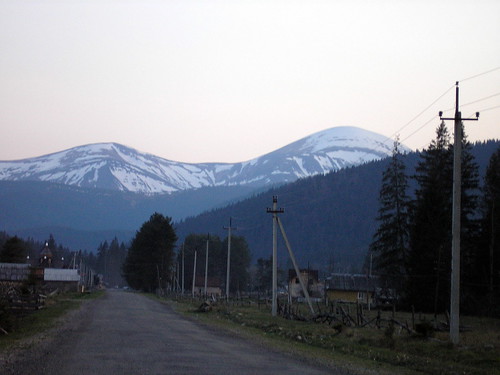A century-old case may have been closed – DNA evidence appears to show Europe’s first farmers were not related to their hunter-gatherer forebears. Teams from the University of Mainz, Cambridge University and University College London have been comparing the genetic make-up of central and northern European hunter-gatherers with ancient farmers and even today’s central Europeans.
Their results show that hunter-gatherers share very little of their DNA with the farmers, and just 18 per cent with modern Europeans. Though relatively muted in comparison with other recent finds, the research provides the answer to a question that has mystified thinkers for over a hundred years. Humans traveled to Europe around 45,000 years ago, after which they foraged their way through the last ice age, which ended around 9,700 BC. Agriculture from the Near East then took hold from around 7,000 BC, which increased food potential 100-fold. The group’s results appear to prove once and for all that the farmers almost solely flocked from Mesopotamia, and weren’t indigenous to Europe.
However, as much as the team have shaken off one doubt, another even stranger conundrum has appeared in its place. For not only are modern Europeans different from their Stone Age compatriots alone, but neither are they the sole descendents of the Near Eastern farmers who spread across the region either. As population geneticist Mark Thomas puts it, “This is really odd.” The researchers have asserted that the Carpathian Basin, which straddles nearly all central European nations, as the genesis for European agriculture. “It seems that farmers of the Linearbandkeramik culture immigrated from what is modern day Hungary around 7,500 years ago into Central Europe, initially without mixing with local hunter gatherers,” says Barbara Bramanti, the study’s first author. “This is surprising, because there were cultural contacts between the locals and the immigrants, but, it appears, no genetic exchange of women.”
